BOOK A TICKET
To book a ticket from Trybooking click here.
POSTER
To download a concert poster click here when it is ready.
PRINTED PROGRAM
To download a digital copy of the printed concert program click here on the day of the concert.
.
CONCERT PROGRAM (not necessarily in order of performance)
Peace Dancer by Jodie Blackshaw
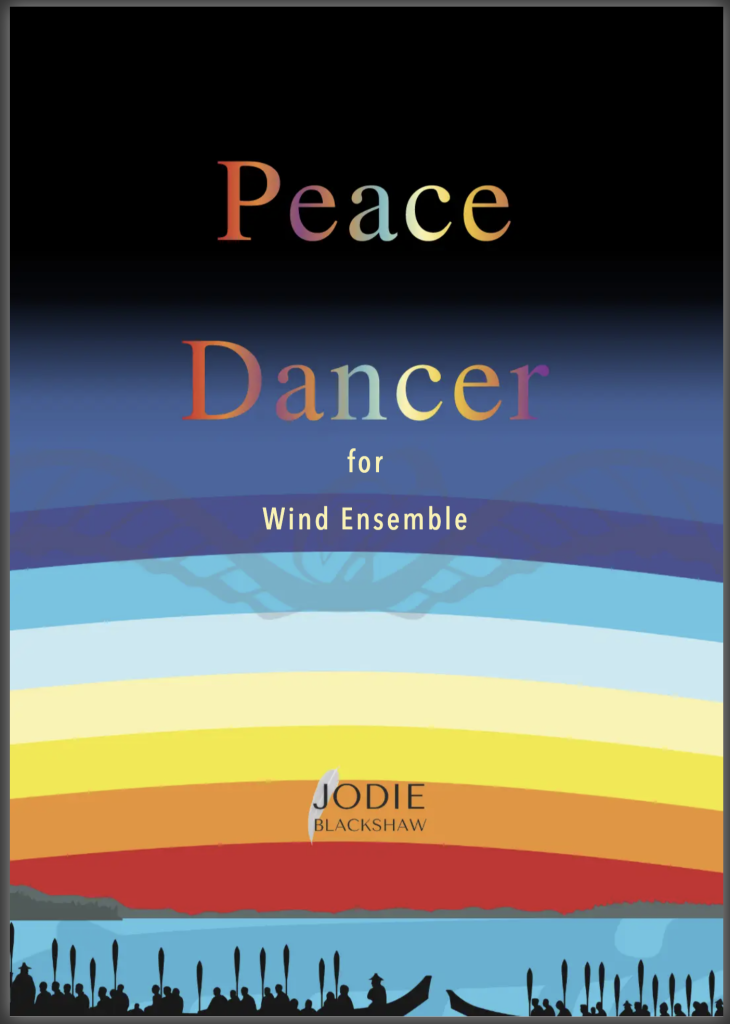
Peace Dancer is inspired by the First Nations text of the same name by Roy Henry Vickers (Squamish Nation). In the words of the author:
“The story Peace Dancer is about a song and dance that is thousands of years old originating from the time of the flood. Songs have been composed for different Chiefs up and down the Pacific northwest coast. The Chief who is chosen to do this sacred dance is recognized as a healer in each community and the songs and dances are a reminder of the great flood and how the people lost their way and their love for all things in creation. During the dance there is a time when the dancer shakes eagle down from their headdress to remind people of the flood.”
Whilst this text afforded many music making opportunities, the composer chose to focus on one moment:
“We have really lost our way, we have not taught out children love and respect”.
This is achieved by dividing this short piece into ‘moments’: meditation – awakening – realization – humility. It takes you, the audience on an emotional journey, similar to realizing you have been in the wrong; maybe you have been unkind or acted in a way that does not become you? Once you realize the consequence of your actions, remorse and the understanding that there is a need to move forward with humility and grace follows.
Thus is the lesson of Peace Dancer.
Dedicated to Dr. Craig Kirchhoff.
To go to the composer’s website, click here
III Concerto for Clarinet and Wind Band by Oscar Navarro with soloist Jason Xanthoudakis on Eb and Bb Clarinets
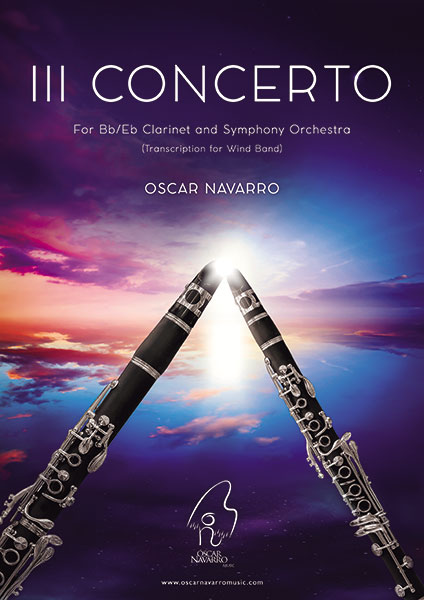
This work was commissioned by the belgian clarinetist David Van Maele and finished in April 2017.
The “III Concerto” for Clarinet in Bb/Eb and Symphony Orchestra, follows the format of the previous two clarinet concertos (Concerto and II Concerto) in terms of its structure, but the great difference comes from the inclusion of the Eb clarinet as a new instrument, which has, in this new concerto, large parts as protagonist interspersed with the Bb Clarinet.
This Concerto is divided in three large, clearly differentiated sections without a break between them, emphasizing different rhythms by the soloist throughout the entirety of the work:
It begins with a great cadenza that is explosive, forceful and with great power that draws us full in to a work charged with contrasts, great orchestral moments and a great deal of dialogue between the soloist and the symphony orchestra.
After the beginning cadenza it presents one of the main themes of mysterious character, with esoteric brushstrokes that, little by little, bringing forth life until merging with the great entire orchestra.
Once again, a cadenza serves as a connection to a new theme, completely dedicated to the Eb clarinet and with a character and style that breaks completely with the beginning of the piece; one moment burlesque in the form of a scherzando in which a dialogue between the Eb clarinet and the symphony orchestra, charged with contrasts in rhythms and harmonies, and ends with the full orchestra in a certain Latin touch that fades little by little until melting into a new great section, a section which leads us to the same paradise.
This new section is inspired by a voyage to the great beyond, to paradise, where those who have already left rest and where the children fill the horizon with smiles. This is a movement with an intimate nature and with the use of a childlike melody, which leads us little by little to an overall vision of paradise, a majestic view in which the sound of the bells merges with all the brass which fades away, leaving us with an image more and more distant from that place that we can access only through dreams.
And, as if it all had to do with a dream, we return to reality with the impetuous arrival of the third section, beginning with an energetic introduction that leads to a new main theme of a mysterious nature and technically frenetic, which develops gradually as the measures progress. A final movement, charged with contrasts, energy and certain touches of Arabic music on great rhythmic ostinatos. Once more the soloist alternates the use of the two clarinets in order to create a great final discourse, in which new moments remind us of the start of the work but of a much more conclusive and grandiose character.
Oscar Navarro
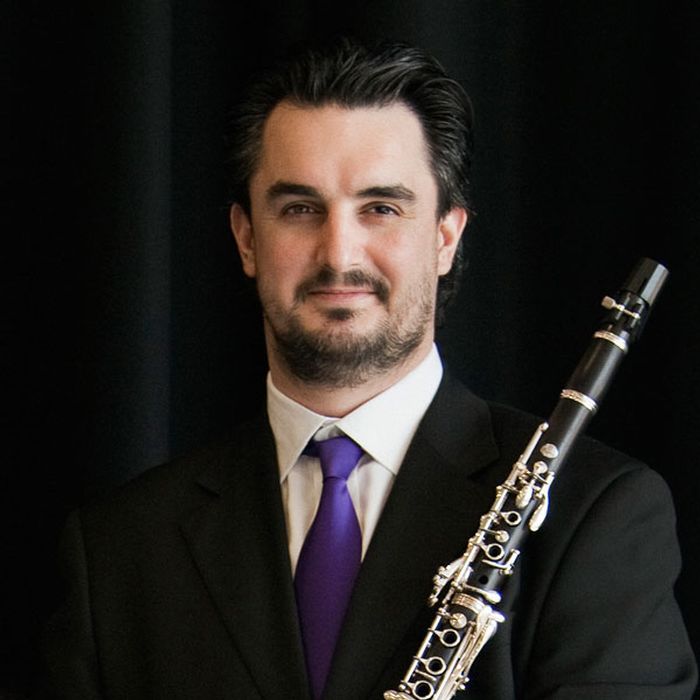
Jason Xanthoudakis – Bb & Eb Clarinet soloist. For more information about Jason’s professional career, click here.
Paradiso by Robert W. Smith
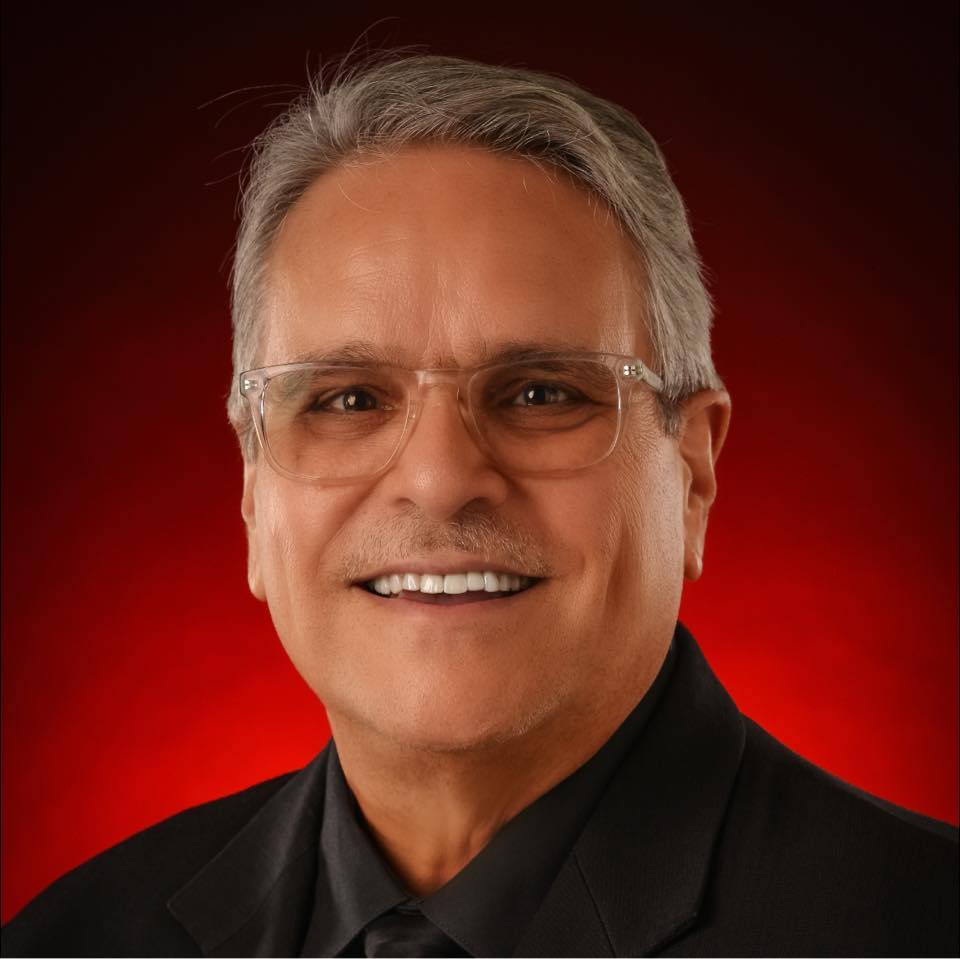
Composed in 1996, his fourth and final movement from the composer’s symphony The Divine Comedy draws the symphony to a brilliant conclusion! Full of rushing woodwind arpeggios, gorgeous four-part horn writing and an ethereal piano/celeste introduction, Paradiso presents more beauty of sound and less of the violent intensity found in the previous movements of The Divine Comedy.
Soloist Daniel Chong
Performing “Afro Blue” by Mongo Santamaria, performed by Cal Tjader and his sextet, is a classic of Latin Jazz, with accompaniment by pianoforte. Daniel is the GWS 2024 Young Player Scholarship recipient.
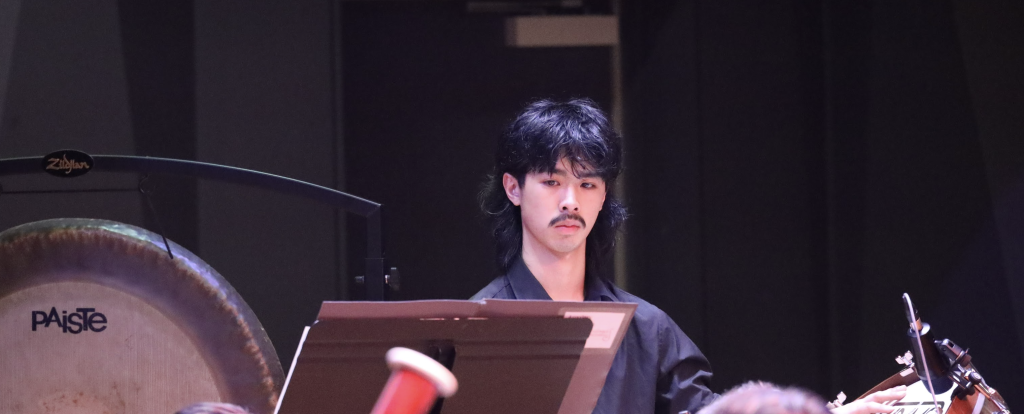
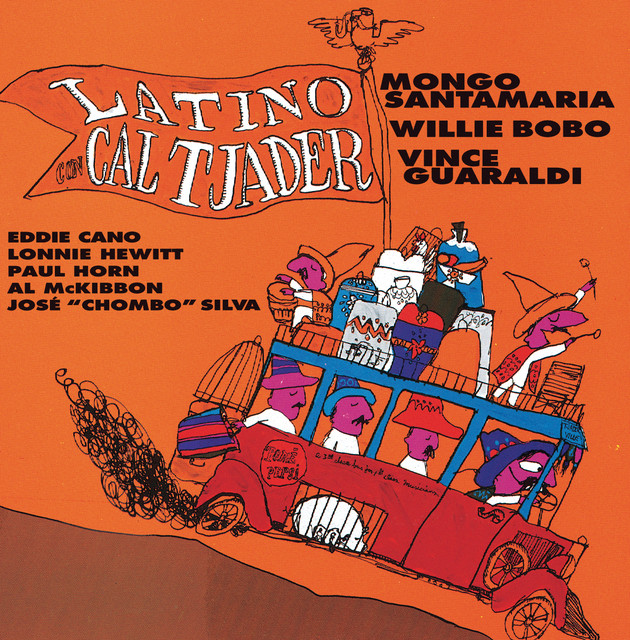
Three Revelations on the Lotus Sutra by Alfred Reed
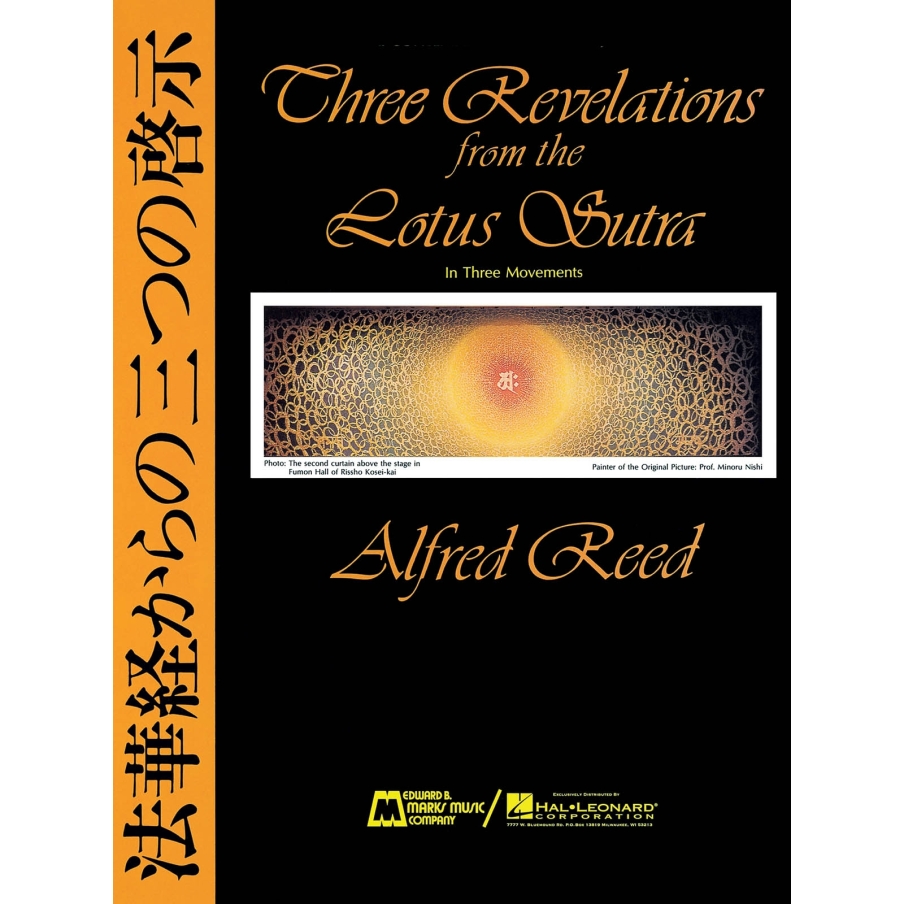
Composed in 1984, Three Revelations from the Lotus Sutra is an attempt to realize in music three different states of man’s soul in his quest for ultimate perfection. The Lotus Sutra is the teaching of human respect, self-perfection and world peace – in a word, humanism, leading mankind from division to unity, from discord to harmony, from conflict to peace.
I. The first movement, Awakening, (To Awaken to the Light of the Universe) portrays the vastness and richness of the experience of the human mind on expanding its field of view from the narrow confines of daily life to the contemplation of, and merging with, the entire universe.
II. Contemplation (To Contemplate the Depths of the Soul) represents a turning-away of the mind from the “outer” to the “inner” universe — the attempt to fathom the limitless possibilities of the human consciousness in its quest for identity, to answer the eternal questions beginning with the word “Why?”
III. Rejoicing (To Rejoice in the Beauty of Peace) depicts the realization that, while on earth, peace is not merely the absence of war, destruction, pain and suffering, but a thing of beauty in and of itself, and an occasion for heartfelt rejoicing on the part of all men everywhere, who share the same eternal quest as true brothers.
This suite was commissioned by, and is reverently dedicated to, Rissho Kosei-kai, on the occasion of the 77th birthday of its founder and president, the Reverent Nikkyo Niwano.
Rissho Kosei-kai, sponsor of the world-famous Tokyo Kosei Wind Orchestra, is an organization of Buddhist laymen devoted to the effort of perfecting man’s personality on the basis of the true meaning of Buddhism. Rissho, originally Chinese characters, indicated the ideal of “Establishment of the True Law, or the teaching of the Lotus Sutra in this world.” Ko means the mutual exchange of thought and the spiritual unity among different human beings. Kai means “society,” and when used following a name, the preceding characters give the purpose of the society. Therefore, Rissho Koseu-kai means “a society of people of faith organized to realize a peaceful world by perfecting mankind and personality through the principle of spiritual unity among different peoples and based on the true meaning of Buddhism.”
Central to the purpose of this movement is the body of doctrine assembled from the teachings of the Buddha called the Lotus Sutra, the Absolute Truth, termed the “Wonderful Law.”
The first performance of the complete work took place in November 1984 by the Tokyo Kosei Wind Orchestra, under the direction of Frederick Fennell.
The Immovable Doh by Percy Grainger.
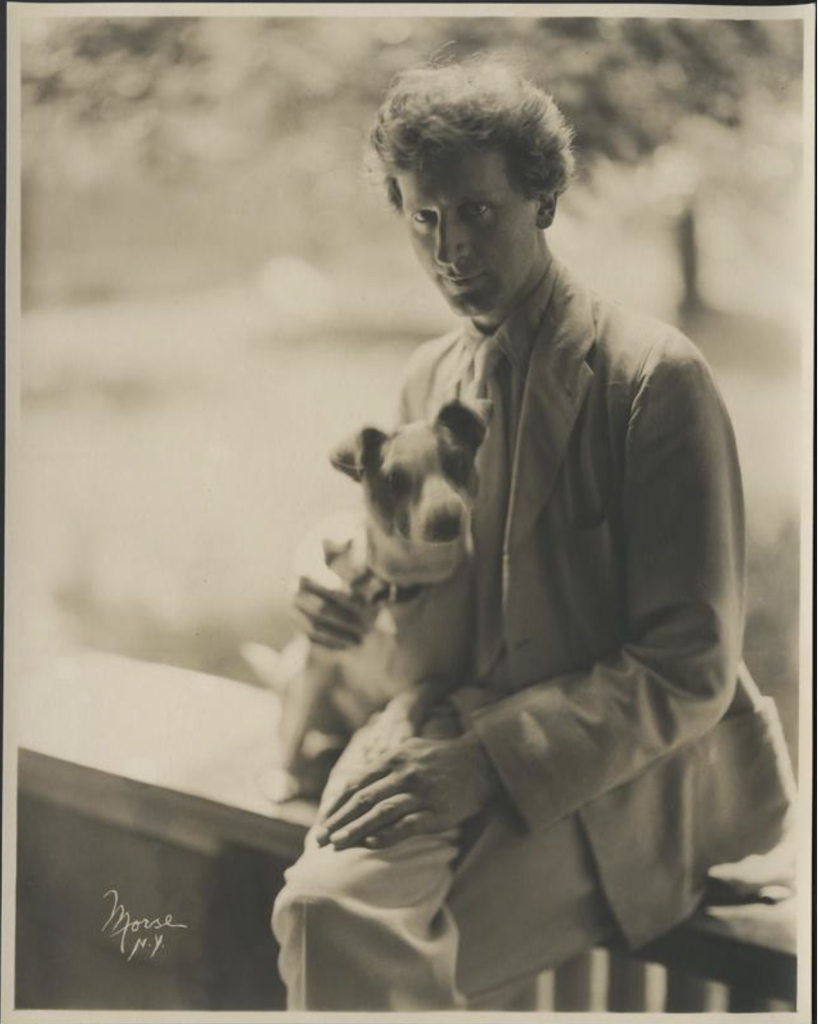
The Immovable Do (composed 1933-1939) draws its title from one of the two kinds of Tonic Sol-fa notation, one with a “movable Do” (“Do” corresponding to the key-note of whatever key the music is couched in, from moment to moment; so that the note designated by “Do” varies with modulation) and the other with an “immovable Do” (in which “Do” always stands for C). In my composition — which is not based on any folksong or popular tune — the “immovable Do” is a high drone on C which is sounded throughout the whole piece. From the very start (in 1933) I conceived the number for any or all of the following mediums, singly or combined: for organ (or reed organ), for mixed chorus, for wind band or wind groups, for full or small orchestra, for string orchestra or eight single strings. It seems natural for me to plan it simultaneously for these different mediums, seeing that such music hinges upon intervalic appeal rather than upon effects of tone-color.
- Program Notes by Percy Aldridge Grainger
Grainger composed this work while he was living in New York between 1933 and 1939, around the same time he was working on one of his most performed works for band, Lincolnshire Posy. While sitting at his foot-pumped reed organ one day, the reed that produced “c” or “do” became stuck and rather than call the organ technician, he decided to improvise a tune around this “immovable do”. His improvisation over a static pitch features an intricate rhythmic texture with syncopation, dense rhythmic lines and triple over duple time.
- Program Note from State University of New York, Fredonia, Wind Ensemble concert program, 15 November 2018
Our final concert for 2024
is Concert 6 2024: Harmonious Horizons: A Musical Odyssy featuring the music composed or arranged by Philip Sparke (UK).
Book the date Saturday 7.00pm 30th November 2024.
Join us in a celebration of musical diversity, new beginnings and festive cheer. Fraser Dun is our soloist performing Pulcinella for euphonium and wind band. Fraser is a music student at Monash University and a member of the GWS.